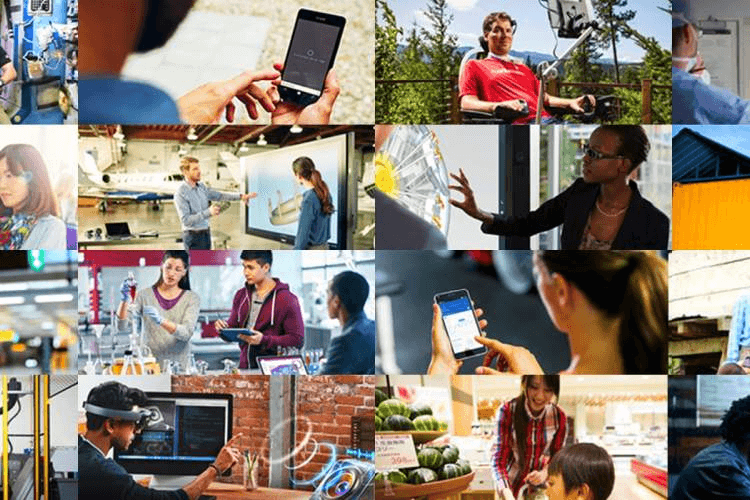
As over one billion people — roughly 15 per cent of the world’s population — grapple with some form of disability, Microsoft has begun unlocking the potential of Artificial Intelligence (AI) to improve assistive technologies in several ways, the company’s India President Anant Maheshwari said on Monday.
Maheshwari, who had a life-altering learning experience in 2008 when he was afflicted with a severe case of labyrinthitis and vertigo, said nearly 200 million people experience significant difficulties in functioning globally.
“Leaving behind a billion people is contrary to our mission of empowering every person on the planet to achieve more. Inclusion is at the heart of everything we create at Microsoft,” Maheshwari said in a blog post on the occasion of UN International Day of Persons with Disabilities.
“Take the Seeing AI app, which turns the visual world into an audible experience,” he added.
Leveraging AI capabilities in computer vision for the blind and the low-vision community, the Microsoft app uses Optical character recognition (OCR) to read text, scans barcodes and recognizes faces, emotions and objects to describe the world.
Microsoft Translator is another example where people who are deaf or hard of hearing derive immense value from the transcriptions and real-time captioning as well.
“Accessibility checker in Office helps one to ensure all content is accessible to all, with the use of alternative text for images or videos. Whether at work, or at home, the Windows 10 cloud-based platform provides built-in assistive technology that’s on the move,” said Maheshwari.
For people who are hard of hearing or need help focusing, Windows allows to quiet visual distractions, highlight content in Edge and customize visual alerts.
With Narrator, Speech Recognition and Skype Translator, people with vision loss or limited mobility can easily surf the web, collaborate and communicate real time.
Microsoft “AI for Accessibility” is a new, $25 million, five-year program from Microsoft for developers globally, including in India.
The program will put AI tools in the hands of developers to accelerate the development of accessible and intelligent AI solutions for people with disabilities.
Jenny Lay-Flurrie, Microsoft’s first-ever Chief Accessibility Officer whose deafness set in at a young age, has a mammoth goal ahead — to utilize AI tools for accessibility and inclusion.
“Accessibility is all about making anything and everything accessible to everyone. We have several programs for the disabled, like ‘Seeing AI’ and auto alt-text features that are helping narrate the world for people who are blind or have low vision,” Jenny recently told a group of visiting journalists at the company’s Redmond headquarters.










